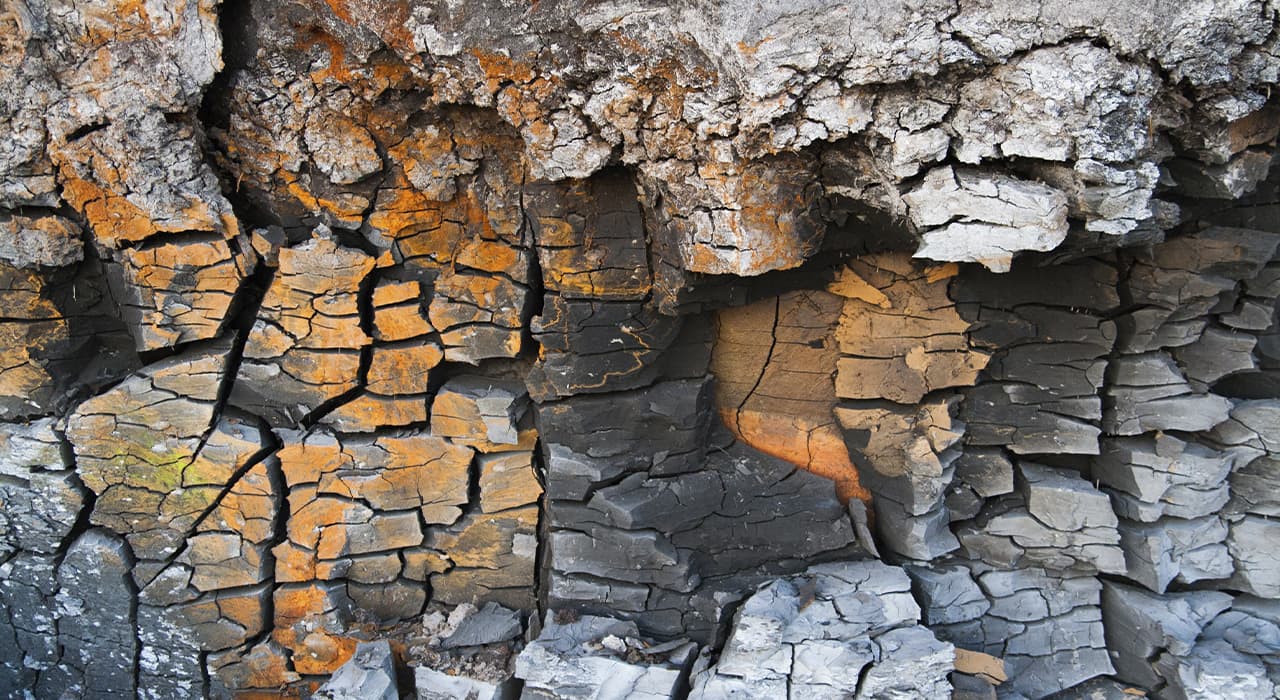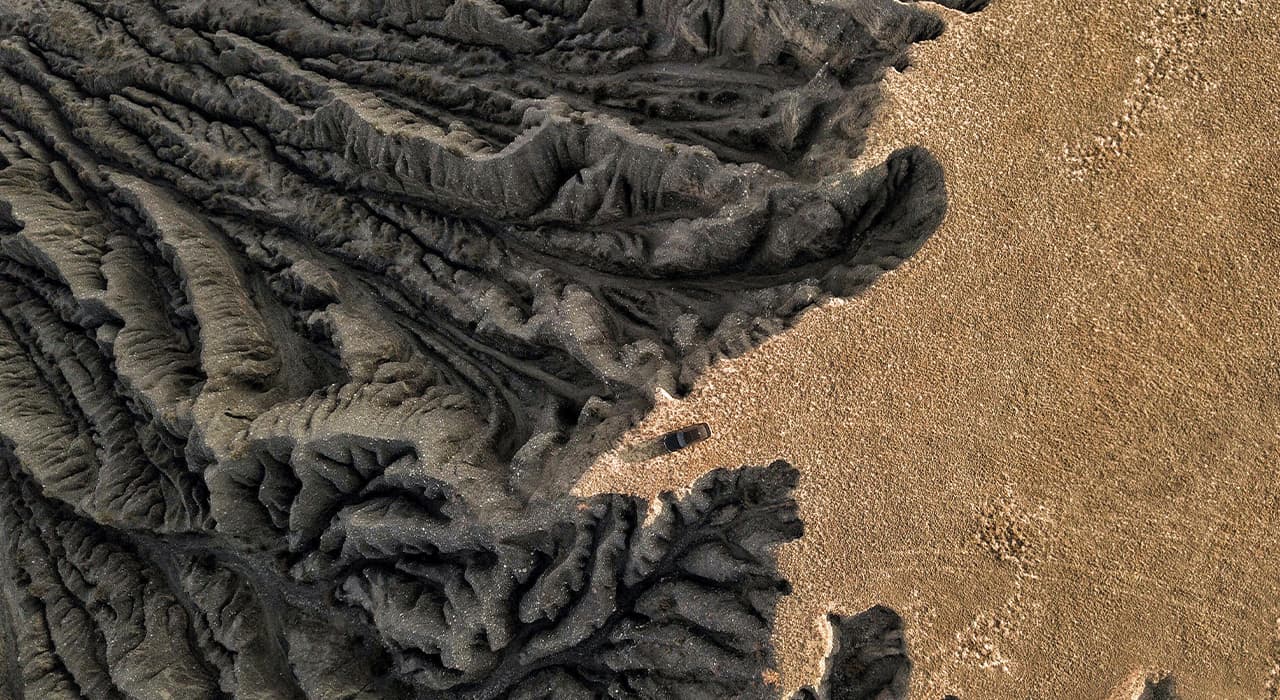Let’s start with a description of sedimentary rocks. Its formation is due to the transport and deposition of materials by wind, water and ice. They could also be chemically precipitated from some aqueous fluid. Over time, these materials combine to form stone. Therefore, sedimentary rocks are composed of many materials.
In turn, sedimentary rocks are divided into detrital and non-detrital rocks
Detrital sedimentary rocks
These are those that are formed as a result of sedimentation of fragments of other rocks after their previous transportation. Depending on the size of the rock fragments, they are identified in one way or another. If the fragments are larger than 2 mm and rounded, they are called conglomerates. On the other hand, if they are angular, they are called gaps.
If the fragments forming the rock are more loose, they are called gravel. You have probably heard of gravel. When they are smaller than 2 mm and larger than 0.6 mm, that is, even with the naked eye or an optical microscope, they are called sandstones. When the fragments that make up the rock are so small that we need an electron microscope, they are called silt and clay.
Gravel is currently used for aggregates in construction and concrete production. Conglomerates and sandstones are used for their durability in construction. Clays are used in our daily life and for medicinal and cosmetic purposes. They are also used for the construction of bricks and ceramics. Their waterproofing properties make them ideal for absorbing polluting products and filtering in industry. They are used as raw materials for the construction of mud and adobe walls, as well as for making pieces of traditional pottery, earthenware and porcelain.
Undestroyed sedimentary rocks
These types of rocks are formed by the precipitation of certain chemical compounds in aqueous solutions. Some substances of organic origin can accumulate to form these rocks. One of the most common and well-known rocks of this type is limestone. It is formed by the deposition of calcium carbonate or the accumulation of skeletal fragments of corals, ostracods and gastropods.
Very often you can see fragments of fossils in this type of rock. An example of limestone rock is calcareous rock. It is a very porous rock that has a large amount of plant remains and originates in rivers when calcium carbonate precipitates on vegetation.
Another very common example is dolomites. They differ from the previous ones in that they have a chemical composition with a high magnesium content. When there is an accumulation of shells of organisms made of silicon dioxide, flint rocks are formed.
There is also a type of rock within the non-destructive evaporite rings. These are formed through the evaporation of water in marine environments and in swamps or lagoons. The most important rock of this group is gypsum. They are formed by the precipitation of calcium sulfate.
Limestone is used in the production of cement and lime in construction. They are materials used for facades and flooring of buildings. Coal and oil is a kind of non-destructive sedimentary rocks organogenic calls. Its name is due to the fact that it comes from the accumulation of organic material and its residues. While coal comes from plant remains, oil comes from marine plankton. They are of great economic interest due to their high calorific value for energy production by combustion.




